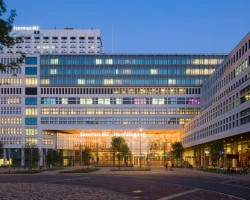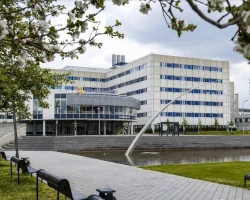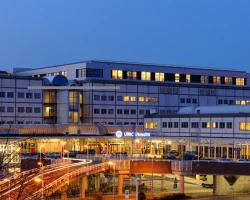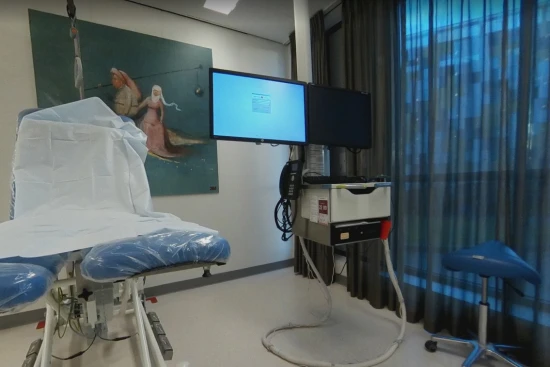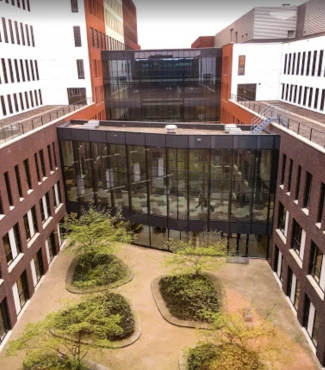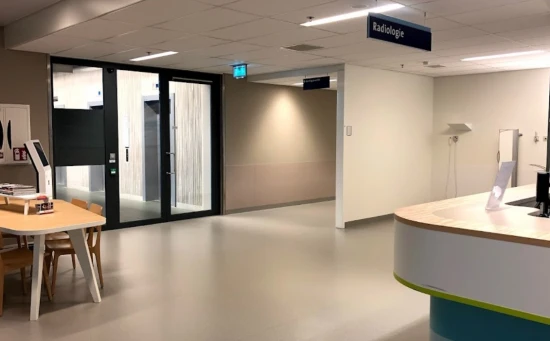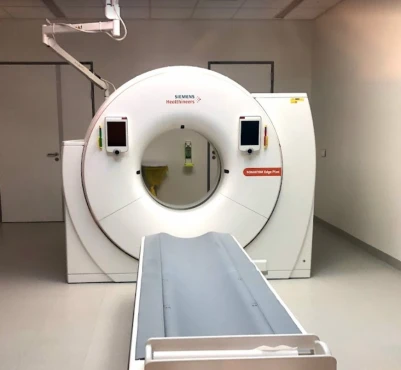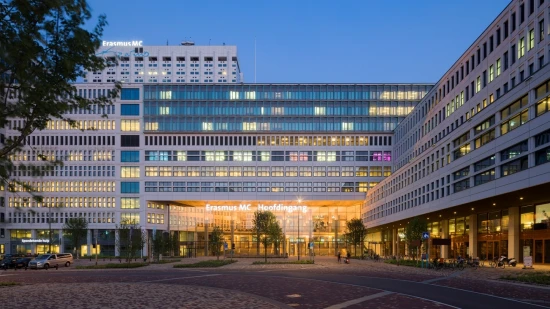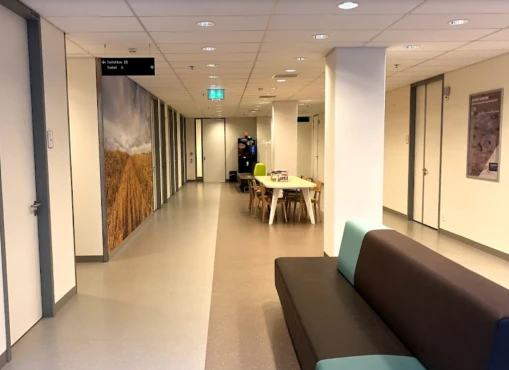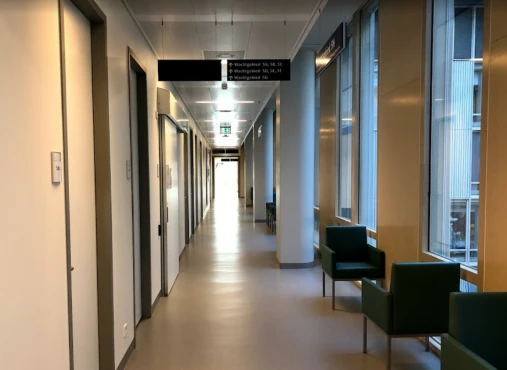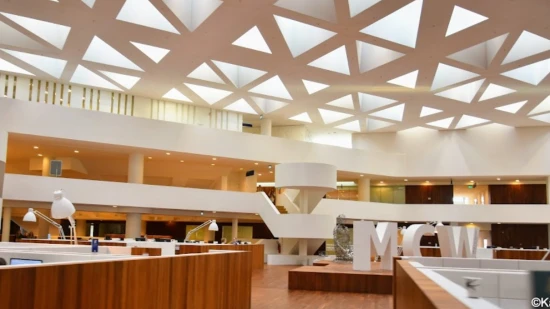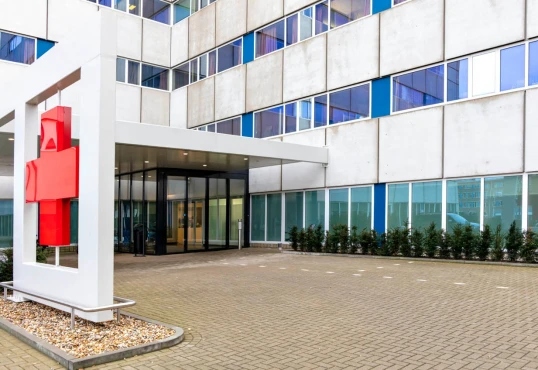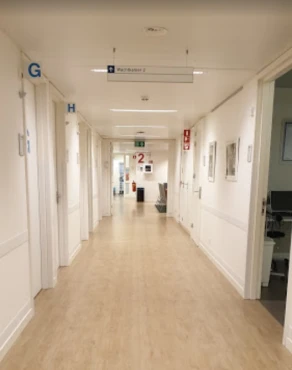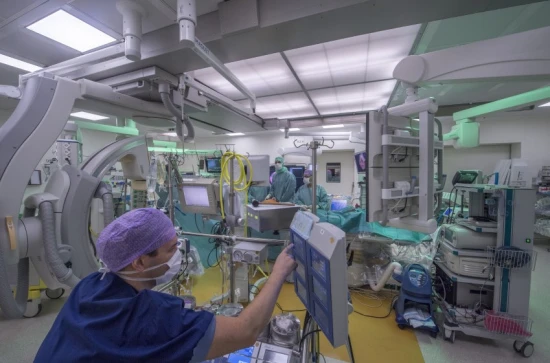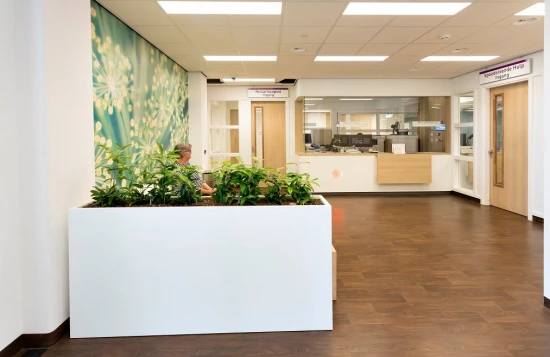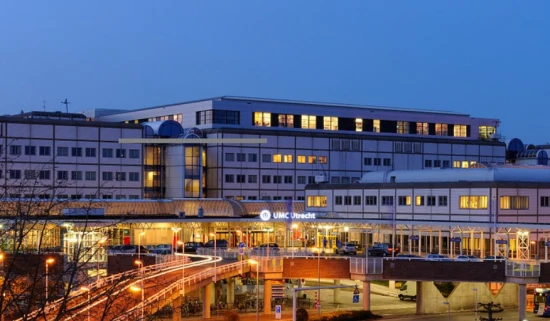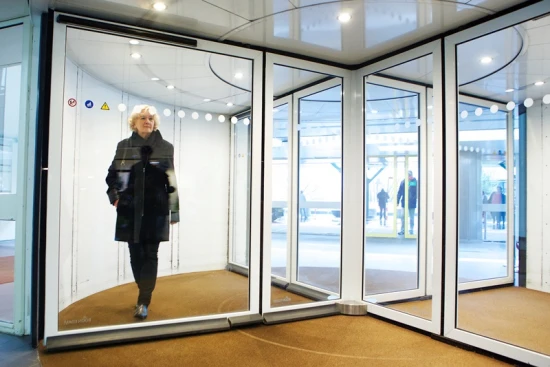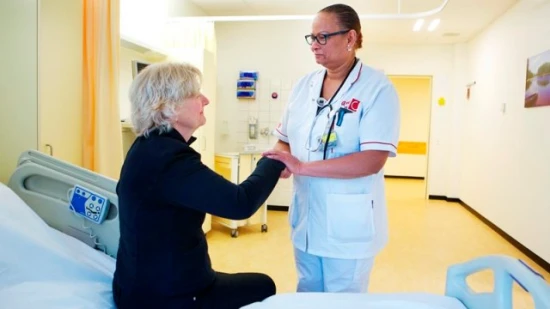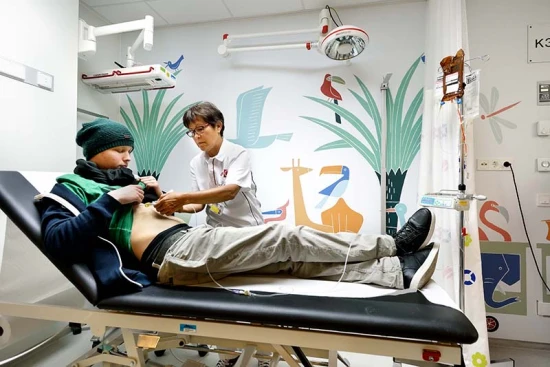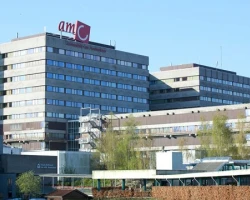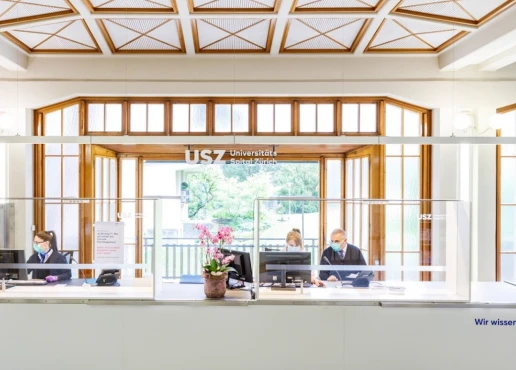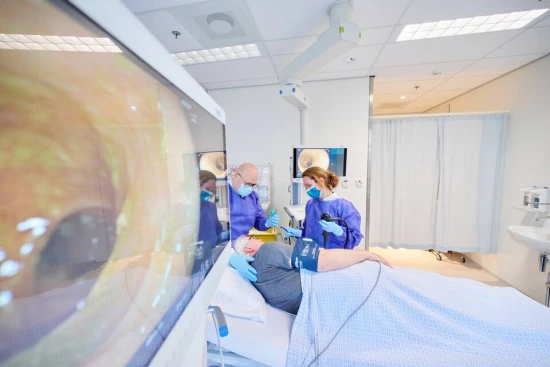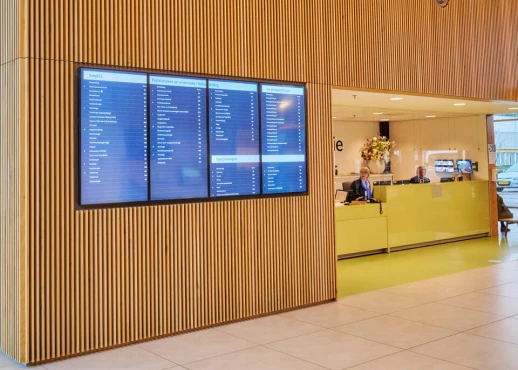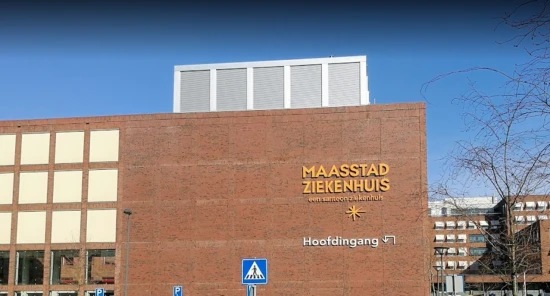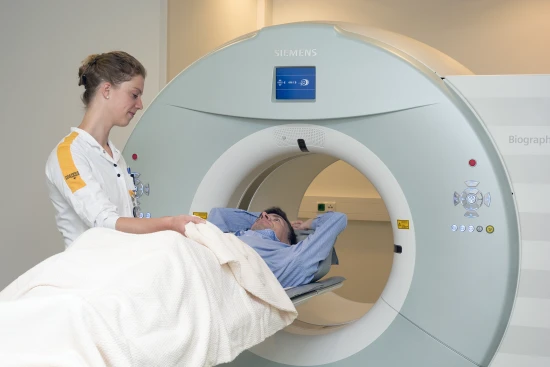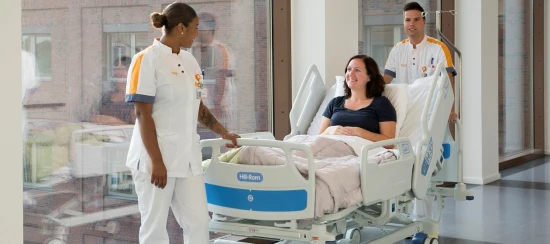from Jadisee Strickx
October 30, 2023
If I could give zero star I would. This is for the emergency service. I woke up this morning with pain in my right hip joint that gradually got worse to the point where I could not sit, bend over, or walk. I could only use the toilet standing up, and could not make any movement from that hip joint and leg at all. My whole leg would feel numb when attempting to walk. Around 10 pm the pain got so bad, I almost called the ambulance. I have been a nurse for 9 years in the hospital setting, I know something is very wrong. I took some pain medications and laid down for 4 hours to have the pain decrease enough to go to the hospital. Thankfully this hospital is across the street for me, so I thought I would use the little strength I had to walk over and be taken care of. The lady at the desk looked at me, checked me in, then called me back up to tell me the doctor will not see me because it is not an emergency. And gave me a list of doctors offices that I could go to. I was not given the decency to be seen or assessed by a doctor, or even a nurse. My hip literally feels like I have dislocated it. What is the sense of going to a doctor’s office when they don’t have xray or any imaging machines? This hospital/ and it’s staff should be ashamed of itself. I would not recommend anyone going here. You will not be taken seriously.
I work at Erasmus MC, it is further away, but I will try my luck there in the morning.
PS: I just moved to Netherlands a week and a half ago, and started work a week ago. My insurance has not yet been activated but I explained that I could pay out of pocket and had no issues doing so. I would like not to think this could have been a reason I was turned away. But my interaction with the receptionist and the questions she placed emphasis on has left me wondering.
from Didi Greenpink
October 10, 2023
I personally had a good experience. They treated me accurately. Thanks
from Boguslaw Berlinski
September 28, 2023
Excellent hospital, professional and very nice staff.
